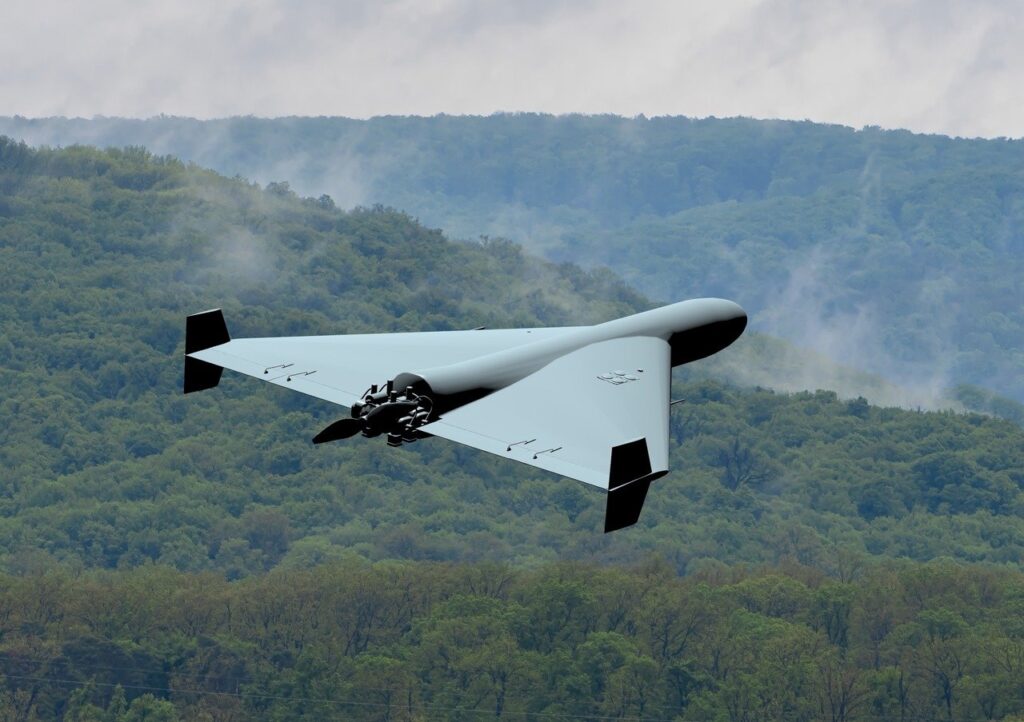
When It Comes To India and Pakistan, “Limited” Nuclear War Does Not Exist
Key point: Both countries have growing, and dangerous, nuclear arsenals.
Between February 26 and 27 in 2019, Indian and Pakistani warplanes launched strikes on each other’s territory and engaged in aerial combat for the first time since 1971. Pakistan ominously hinted it was convening its National Command Authority, the institution which can authorize a nuclear strike.
The two states, which have retained an adversarial relationship since their founding in 1947, between them deploy nuclear warheads that can be delivered by land, air and sea.
However, those weapons are inferior in number and yield to the thousands of nuclear weapons possessed by Russia and the United States, which include megaton-class weapons that can wipe out a metropolis in a single blast.
Some commenters have callously suggested that means a “limited regional nuclear war” would remain an Indian and Pakistani problem. People find it difficult to assess the risk of rare but catastrophic events; after all, a full-scale nuclear war has never occurred before, though it has come close to happening.
Such assessments are not only shockingly callous but shortsighted. In fact, several studies have modeled the global impact of a “limited” ten-day nuclear war in which India and Pakistan each exchange fifty 15-kiloton nuclear bombs equivalent in yield to the Little Boy uranium bomb dropped on Hiroshima.
Their findings concluded that spillover would in no way be “limited,” directly impacting people across the globe that would struggle to locate Kashmir on a map.
And those results are merely a conservative baseline, as India and Pakistan are estimated to possess over 260 warheads. Some likely have yields exceeding 15-kilotons, which is relatively small compared to modern strategic warheads.
Casualties
Recurring terrorist attacks by Pakistan-sponsored militant groups over the status of India’s Muslim-majority Jammu and Kashmir state have repeatedly led to threats of a conventional military retaliation by New Delhi.
Pakistan, in turn, maintains it may use nuclear weapons as a first-strike weapon to counter-balance India’s superior conventional forces. Triggers could involve the destruction of a large part of Pakistan’s military or penetration by Indian forces deep into Pakistani territory. Islamabad also claims it might authorize a strike in event of a damaging Indian blockade or political destabilization instigated by India.
India’s official policy is that it will never be first to strike with nuclear weapons—but that once any nukes are used against it, New Dehli will unleash an all-out retaliation.
The Little Boy bomb alone killed around 100,000 Japanese—between 30 to 40 percent of Hiroshima’s population—and destroyed 69 percent of the buildings in the city. But Pakistan and India host some of the most populous and densely populated cities on the planet, with population densities of Calcutta, Karachi and Mumbai at or exceeding 65,000 people per square mile. Thus, even low-yield bombs could cause tremendous casualties.
A 2014 study estimates that the immediate effects of the bombs—the fireball, over-pressure wave, radiation burns etc.—would kill twenty million people. An earlier study estimated a hundred 15-kiloton nuclear detonations could kill twenty-six million in India and eighteen million in Pakistan—and concluded that escalating to using 100-kiloton warheads, which have greater blast radius and overpressure waves that can shatter hardened structures, would multiply death tolls four-fold.
Moreover, these projected body counts omit the secondary effects of nuclear blasts. Many survivors of the initial explosion would suffer slow, lingering deaths due to radiation exposure. The collapse of healthcare, transport, sanitation, water and economic infrastructure would also claim many more lives. A nuclear blast could also trigger a deadly firestorm. For instance, a firestorm caused by the U.S. napalm bombing of Tokyo in March 1945 killed more people than the Fat Man bomb killed in Nagasaki.
Refugee Outflows
The civil war in Syria caused over 5.6 million refugees to flee abroad out of a population of 22 million prior to the conflict. Despite relative stability and prosperity of the European nations to which refugees fled, this outflow triggered political backlashes that have rocked virtually every major Western government.
Now consider likely population movements in event of a nuclear war between India-Pakistan, which together total over 1.5 billion people. Nuclear bombings—or their even their mere potential—would likely cause many city-dwellers to flee to the countryside to lower their odds of being caught in a nuclear strike. Wealthier citizens, numbering in tens of millions, would use their resources to flee abroad.
Should bombs beginning dropping, poorer citizens many begin pouring over land borders such as those with Afghanistan and Iran for Pakistan, and Nepal and Bangladesh for India. These poor states would struggle to supports tens of millions of refugees. China also borders India and Pakistan—but historically Beijing has not welcomed refugees.
Some citizens may undertake risky voyages at sea on overloaded boats, setting their sights on South East Asia and the Arabian Peninsula. Thousands would surely drown. Many regional governments would turn them back, as they have refugees of conflicts in Vietnam, Cambodia and Myanmar in the past.
Fallout
Radioactive fallout would also be disseminated across the globe. The fallout from the Chernobyl explosion, for example, wounds its way westward from Ukraine into Western Europe, exposing 650,000 persons and contaminating 77,000 square miles. The long-term health effects of the exposure could last decades. India and Pakistan’s neighbors would be especially exposed, and most lack healthcare and infrastructure to deal with such a crisis.
Nuclear Winter
Studies in 2008 and 2014 found that of one hundred bombs that were fifteen-kilotons were used, it would blast five million tons of fine, sooty particles into the stratosphere, where they would spread across the globe, warping global weather patterns for the next twenty-five years.
The particles would block out light from the sun, causing surface temperatures to decrease an average of 2.7 degrees Fahrenheit across the globe, or 4.5 degrees in North American and Europe. Growing seasons would be shortened by ten to forty days, and certain crops such as Canadian wheat would simply become unviable. Global agricultural yields would fall, leading to rising prices and famine.
The particles may also deplete between 30 to 50 percent of the ozone layer, allowing more of the sun’s radiation to penetrate the atmosphere, causing increased sunburns and rates of cancer and killing off sensitive plant-life and marine plankton, with the spillover effect of decimating fishing yields.
To be clear, these are outcomes for a “light” nuclear winter scenario, not a full slugging match between the Russian and U.S. arsenals.
Global Recession
Any one of the factors above would likely suffice to cause a global economic recession. All of them combined would guarantee one.
India and Pakistan account for over one-fifth world’s population, and therefore a significant share of economic activity. Should their major cities become irradiated ruins with their populations decimated, a tremendous disruption would surely result. A massive decrease in consumption and production would obviously instigate a long-lasting recessionary cycle, with attendant deprivations and political destabilization slamming developed and less-developed countries alike.
Taken together, these outcomes mean even a “limited” India-Pakistan nuclear war would significantly affect every person on the globe, be they a school teacher in Nebraska, a factory-worker in Shaanxi province or a fisherman in Mombasa.
Unfortunately, the recent escalation between India and Pakistan is no fluke, but part of a long-simmering pattern likely to continue escalating unless New Delhi and Islamabad work together to change the nature of their relationship.
Sébastien Roblin holds a master’s degree in conflict resolution from Georgetown University and served as a university instructor for the Peace Corps in China. He has also worked in education, editing, and refugee resettlement in France and the United States. He currently writes on security and military history for War Is Boring. This article first appeared earlier this year.
Image: Reuters.


